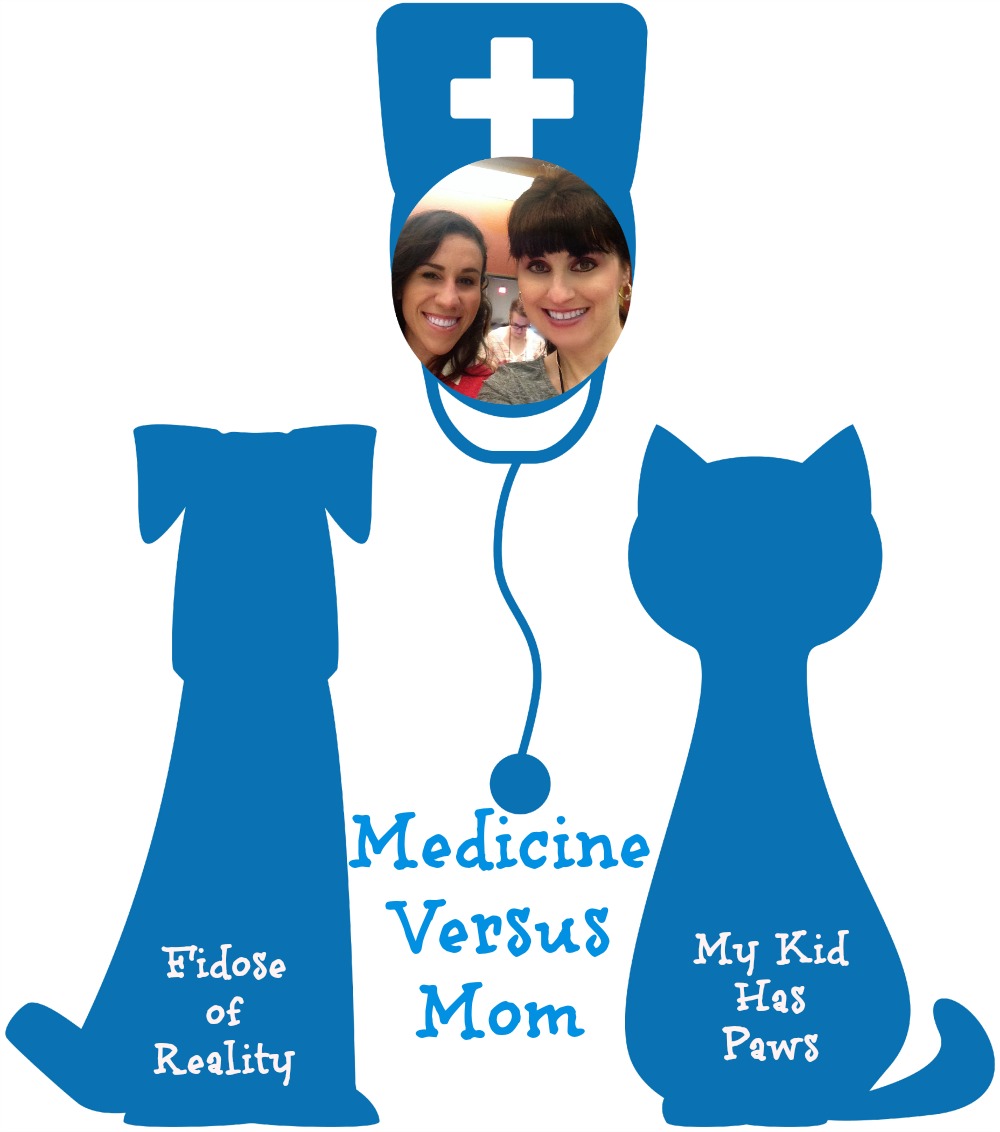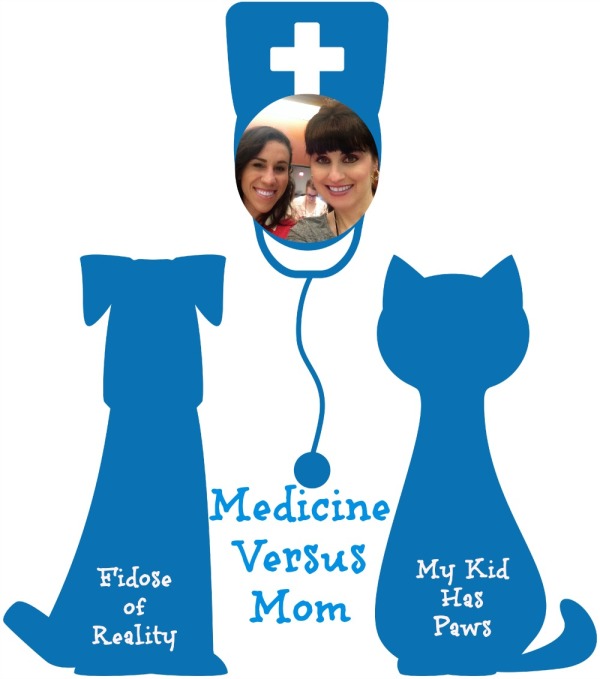Hormones! This is a word we often hear blamed for adolescent, or immature behavior for humans, but rarely do we stop to realize that hormones play a major role in our pet’s lives as well. Understanding your dog’s hormones is a critical aspect of caring for their health.
When I was completing my Animal Science degree, the endocrine system was a topic we studied in almost every class. Hormones are so significantly related to our health and the health of our pets, yet they are often not discussed.
Therefore, Carol from Fidose of Reality and myself, are here to discuss with you the importance of hormones to your dog’s health and what you as a pet parent can do to help them maintain ideal levels.
Firstly, let’s clarify some terminology:
Horomones: “Hormones are chemical messengers that have many different functions. The effects of hormones in the body are wide-ranging and varied.” – The Merck Manual
Endocrine System: “The endocrine system consists of a group of tissues that release hormones into the bloodstream for travel to other parts of the body. Most endocrine tissues are glands (such as the thyroid gland) that release hormones directly into small blood vessels within and around the tissue.” – The Merck Manual
Basically, throughout the post, when we refer to a hormone we are referring to a specific hormone with a specific function, but the term endocrine system will refer to how the tissues and hormones work together. Some hormones affect only one tissue in the body, where other hormones actually affect many different systems in the body.
The Problem Children
In my veterinary experience, there were some hormones (or lack there of) that cause many patients a variety of health problems, and can lead to an endocrine system disease. Some of the most common endocrine-related diseases that I saw were:
Hypothyroidism
According to Dr. Karen Becker, there are two ways that your dog can develop hypothyroidism. Either your dog’s body simply stops producing the normal amount of thyroid hormone, or your dog has an auto-immune response where their body is attacking their thyroid gland and depleting the body of the thyroid hormone.
Symptoms of Hypothyroidism include: Lethargy, Depression, Weight-gain, Dry skin or Hair Loss, or Chronic infections
Breeds Most Commonly Affected: Airedale Terriers, Cocker Spaniels, Dobermans, Golden Retrievers, Labrador Retrievers, Greyhounds, and Irish setters.
Diabetes
According to Pets.WebMD, diabetes can develop due to a lack of insulin production or a lack of response to insulin in the body. Most dogs with diabetes experience a lack of insulin production and need regular insulin injections. While the disease is manageable, it is important to be urgent and diligent about treatment and management of this disease.
Symptoms of Diabetes include: Increased Water Consumption, Increased Urination, Weight Loss, Change in Appetite, or Lethargy.
Breeds Most Commonly Affected: Australian Terriers, Standard and Miniature Schnauzers, Dachshunds, Poodles, Keeshonds and Samoyeds.
Cushing’s Disease
According to PetMD, Cushing’s disease is a disease associated with a benign tumor of the pituitary gland (occasionally on the adrenal gland) that causes hyperadrenocorticism. Hyperadrenocorticism describes a condition where there are excess levels of cortisone in the bloodstream, which interferes with the body’s metabolism and causes stomach upset and hypertension.
Symptoms of Cushing’s include: Lethargy, Increased water consumption, Obesity, Pot-bellied abdomen, Loss of hair & more
Breeds Most Commonly Affected: Poodle, Dachshund, German Shepherd, Terriers such as Yorkies and Dandie Dinmonts.
What Can You Do As a Pet Parent to Protect Your Dog’s Hormones?
1. Understand that many endocrine system diseases are treatable and manageable. Work with your veterinarian and their staff to come up with the best possible plan and solution for you and your pet.
2. Know what endocrine system diseases, if any, are common for your dog’s breed.
3. Understand the symptoms associated with the most common endocrine system diseases.
4. Don’t skip your dog’s annual exam! Because some endocrine system diseases affect the entire body, it is crucial to catch these diseases early.
5. Opt for the bloodwork. Pet’s can’t tell their veterinarian that their leg falls asleep every day, or that their experiencing some stomach pain. For this reason, bloodwork can be so important to assessing your dog’s health during an annual exam.
Just understanding the effect that hormone imbalances can have on your dog’s health is the first step to protecting them from endocrine system diseases.
For Carol’s Mom perspective on this topic please visit her post at Fidose of Reality.




